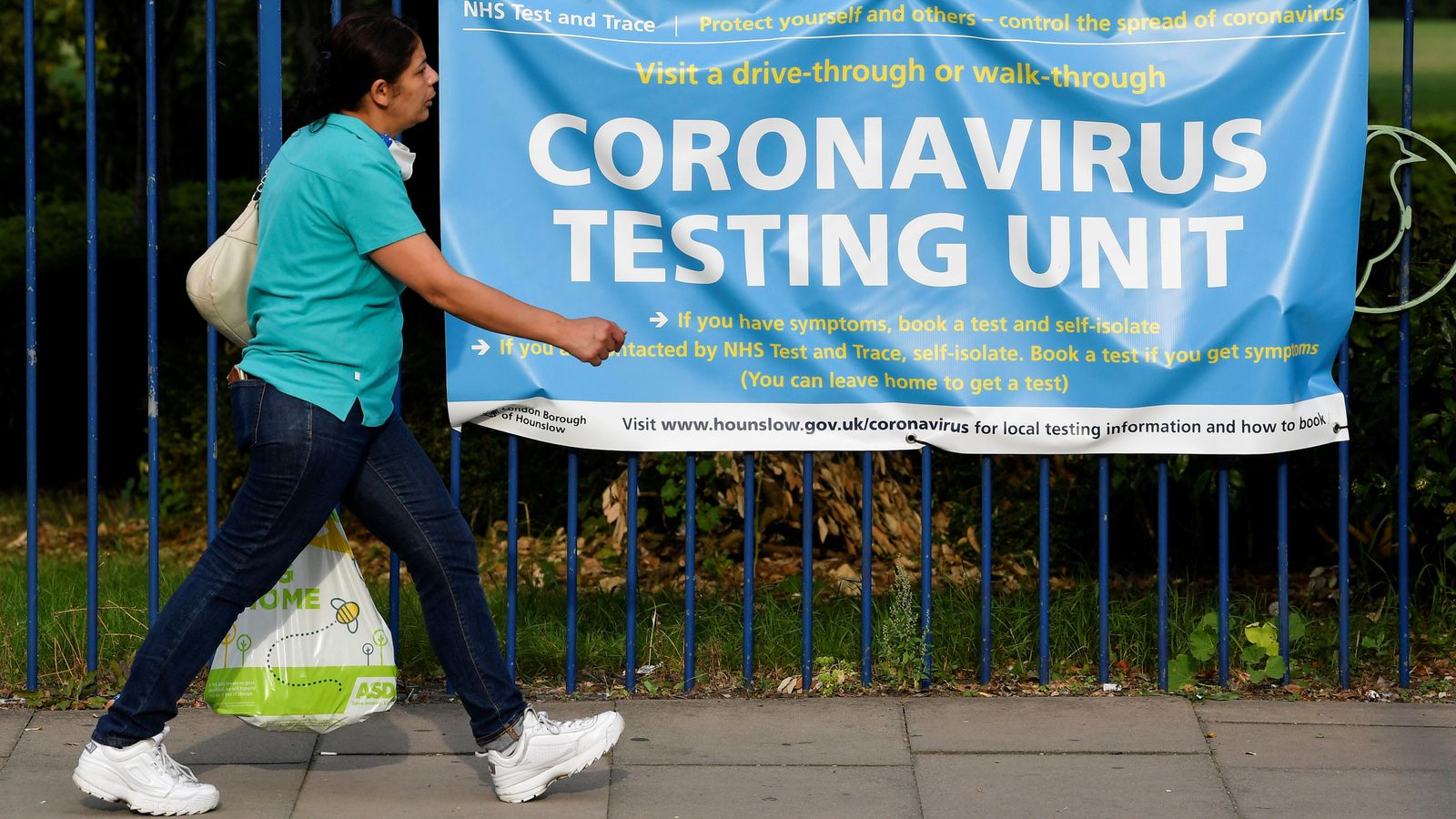After almost three years, the UK Health Security Agency will stop publishing COVID modelling data next month.
The increasingly sporadic updates on the virus’s R number will cease from 6 January, with it deemed “no longer necessary” thanks to vaccines and therapeutics.
COVID’s reproductive rate, which referred to the number of people an infected person will pass the disease on to, debuted back in May 2020 and was published weekly during the peak of the pandemic.
An R value of 1 means that on average every person who is infected will infect 1 other person, meaning the total number of infections is stable. If R is greater than 1 the epidemic is growing, if R is less than 1 the epidemic is shrinking.
If R is 2, on average, each infected person infects 2 more people. An R of 1.1 meants for every ten people, there will be 11 infections.
If R is 0.5 then on average for each two infected people, there will be only one new infection.
The higher R is above 1, the more people 1 infected person infects and so the faster the epidemic grows.
Along with the daily case and death numbers, it helped give the public an idea of how prevalent the virus was.
Since April 2021, the R number only referred to England rather than the UK as a whole – and since April 2022, it has been updated fortnightly instead of every week.
Dr Nick Watkins, chairman of the health agency’s epidemiology modelling review group, said COVID would still be monitored but only similarly to common illnesses like flu.
Modelling data may be reintroduced if the situation calls for it, such as if a new variant of concern is identified.
COVID data will still be available from the Office for National Statistics.
